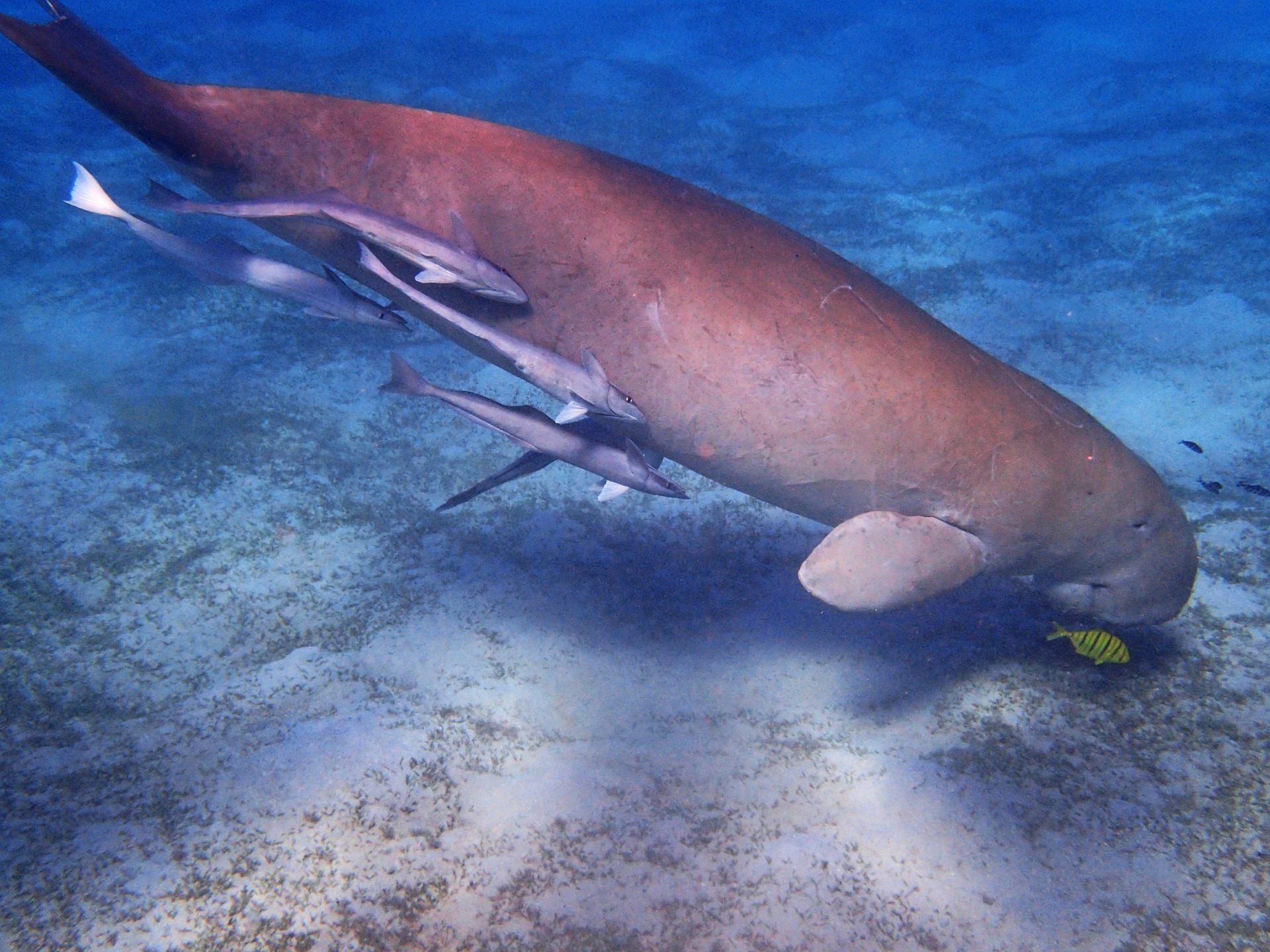Neptune’s Dugong well (34/4-15, PL 882) that is currently drilling in the Norwegian Northern North Sea “could open up new and exciting opportunities in surrounding licences”, according to Steinar Meland, Exploration and Development Director Norway for Neptune Energy. The well is located just northwest of the Snorre field and south of the Beta Brent discovery (34/4-10) and has a reservoir target depth of 3250 – 3400 m.
The well is named after the dugong, which is a medium-sized marine mammal. It is one of four living species of the order Sirenia, which also includes three species of manatees.
Partners in Dugong are Concedo (20%), Petrolia Noco (20%) and Idemitsu Petroleum Norge (20%), with Neptune Energy being the operator at 40%.

One of the most important geological observations that can be made about this area is that the Middle Jurassic Brent succession, which hosts most of the hydrocarbons in the Northern North Sea, is absent in the Snorre field. The explanation is that the area experienced significant erosion during Late Jurassic rifting and fault block tilting. For that reason, the main reservoirs in Snorre are Triassic sandstones.
However, Brent reservoirs are present is the 34/4-10 Beta Brent discovery to the north and attain a thickness of 103 m along hole. Are Brent reservoirs also being targeted by the Dugong well?
Dugong lies just south of the Marebakk Fault, which separates the Tampen Spur in the south from the Marulk Basin in the north. In order to have a more informed idea on what the well may encounter, one could have a look at wells along strike of the fault zone, for instance 34/4-8. This well did not hit the Brent succession, but went straight from Lower Cretaceous into Lower Jurassic rocks and proved dry.
To the west-southwest of Dugong and also very close to the Marebakk Fault is well 33/6-2. It was drilled in the late nineties and did prove the Brent to be present and also some intra Upper-Jurassic sandstones of the Draupne Formation. The latter had some shows whilst the Brent turned out to be dry.
Based on these observations, there may be a few candidates as the primary target for the Dugong well. If the Brent succession is absent, as well as the Upper Jurassic, the Triassic may be the main candidate. On the other hand, if either the Upper Jurassic is present and/or the Brent, then these may well be the main target(s).
HENK KOMBRINK





